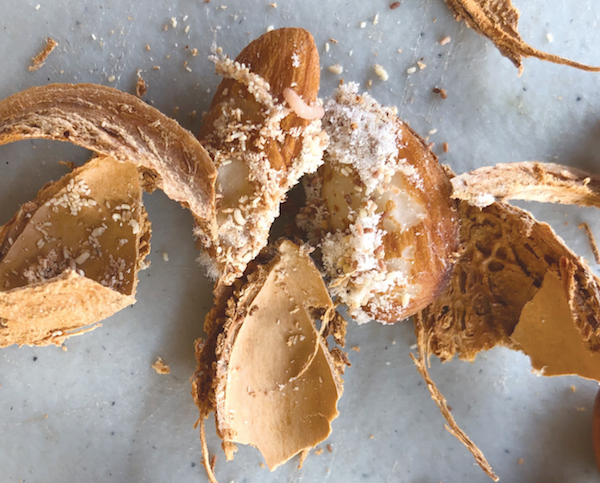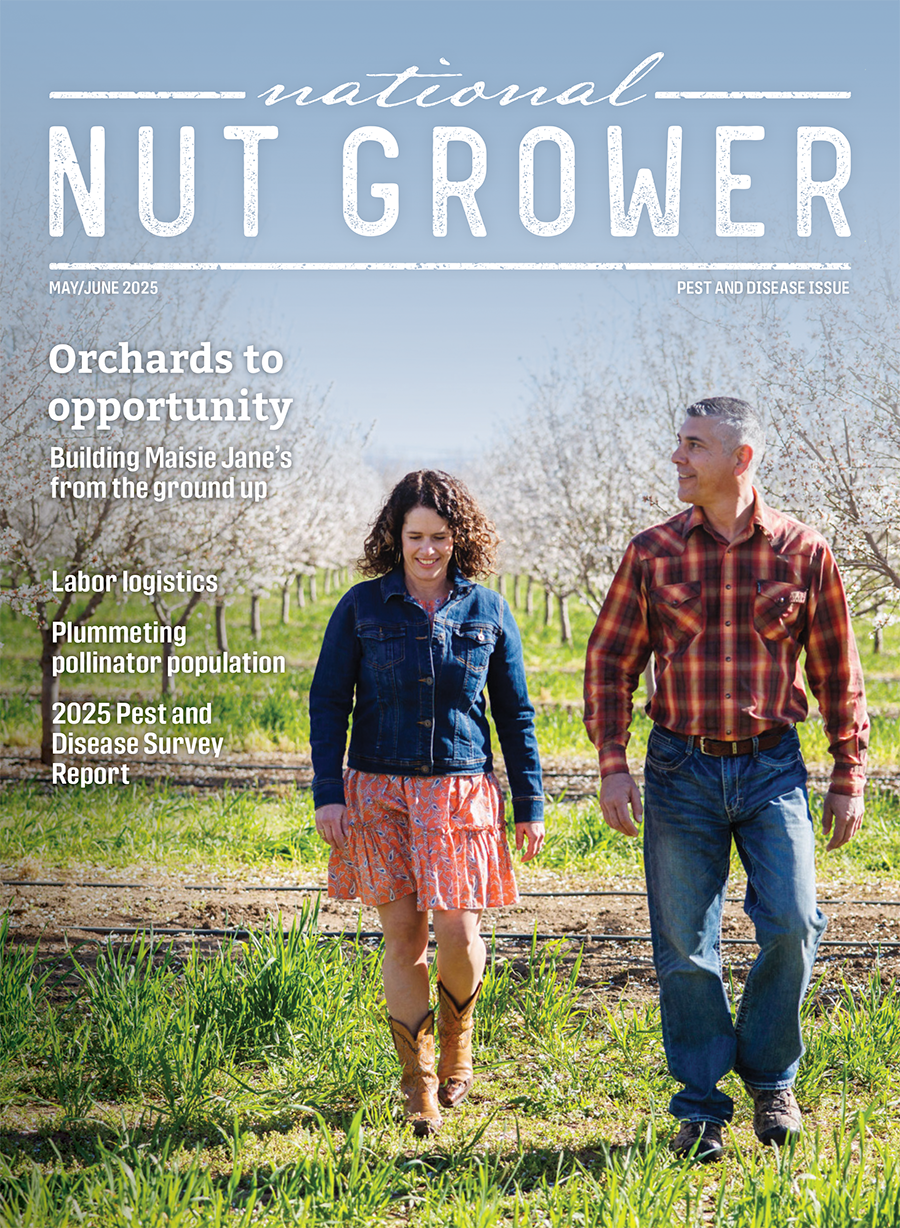
Feb 8, 2022Funds include $1.2M for navel orangeworm sterile insect release
The USDA is allocating more than $70 million to support 372 projects under the Plant Protection Act’s Section 7721 program to strengthen the nation’s infrastructure for pest detection and surveillance, identification, and threat mitigation; to safeguard the nursery production system; and to respond to plant pest emergencies.
Universities, states, federal agencies, nongovernmental organizations, nonprofits, and Tribal organizations will carry out selected projects in 49 states, Guam, and Puerto Rico.
“With these funds, state governments, universities, tribal organizations and other essential cooperators across the nation safeguard our agriculture, natural resources, and food security, while expanding and protecting export opportunities for American growers,” Jenny Moffitt, Under Secretary for USDA’s Marketing and Regulatory Programs, said in a news release.
Of the 372 projects funded in fiscal year 2022, 28 projects are funded through the National Clean Plant Network (NCPN). The NCPN helps our country maintain the infrastructure necessary to ensure that pathogen, disease, and pest-free-certified planting materials are available for U.S. specialty crop producers who grow fruit trees, grapes, berries, hops, sweet potatoes and roses.
Since 2009, USDA has supported more than 4,800 projects and provided nearly $740 million in funding through the Plant Pest and Disease Management and Disaster Prevention Program. Collectively, these projects allow USDA and its partners to quickly detect and rapidly respond to invasive plant pests and diseases.
Some of the projects funded this year include:
- Asian giant hornet research and eradication efforts: $898,974 in Washington and other states;
- Exotic fruit fly survey and detection: $5,742,671 in Florida and California;
- Agriculture plant pest detector dog teams: $5,887,418 to programs in California, Florida, Pennsylvania, New York and nationally to support detector dog team training and maintenance for domestic pest detection;
- Honey bee and pollinator health: $1,549,122 to protect honey bees, bumble bees and other important pollinators from harmful pests;
- Stone fruit and orchard commodities: $883,154 to support pest detection surveys in seven states, including Colorado and Pennsylvania;
- Forest pests: $1,179,053 for various detection tools, control methods development, or outreach to protect forests from harmful pests in 19 states, including Arkansas, Indiana, Mississippi and South Carolina;
- Phytophthora ramorum (sudden oak death pathogen) and related species: $428,340 in 16 states, including Arkansas, Kentucky, Oklahoma, Wisconsin, and nationally for survey, diagnostics, mitigation, probability modeling, genetic analysis and outreach;
- Solanaceous plants (including the tomato commodity): $434,000 to support surveys in 10 states, including California, Mississippi, Nevada and West Virginia.
USDA will use $15.5 million to rapidly respond to invasive pest emergencies should a pest of high economic consequence be found in the United States. In the past, USDA has used these funds to rapidly respond to pests such as the Asian giant hornet, spotted lanternfly, coconut rhinoceros beetle, exotic fruit flies, and the box tree moth.
Learn more about the Plant Protection Act’s Section 7721 on the USDA Animal and Plant Health Inspection Service (APHIS) website: www.aphis.usda.gov/ppa-
The USDA is allocating $17.6 million to California as part of its effort to strengthen the nation’s infrastructure for pest detection and surveillance, identification and threat mitigation, and to protect the U.S. nursery system.
Overall, USDA is providing more than $70 million in funding this year to support 372 projects in 49 states, Guam, and Puerto Rico. USDA provides this funding under the authority of the Plant Protection Act Section 7721.
“In 2019, California agriculture generated more than $50 billion in cash receipts and exports totaling about $21.7 billion. The state is a leader in U.S. agricultural production, and protecting that vital industry is essential to keeping our nation’s agricultural economy strong,” USDA’s Moffitt said. “These projects we are funding are focused on doing just that.”
These funds will support statewide projects covering a range of plant health and pest mitigation activities including, but not limited to:
- $4.5 million to survey for invasive fruit flies;
- $4 million to support agricultural detector dog teams, which search for harmful invasive plant pests in packages at mail and express parcel delivery facilities;
- $3.1 million to support National Clean Plant Network foundation plant stocks for citrus and other fruit trees, grapes, roses and other crops;
- $2 million to support state Emergency Plant Health Response teams in managing outbreaks of exotic plant pests;
- $1.2 million to further develop and evaluate the existing navel orangeworm sterile insect release program, which reduces the pest’s impact on the state’s $6 billion pistachio and almond crops;
- $446,000 to survey for Asian defoliator moths;
- $209,814 to develop tools for the identification of pheromones and related attractants for invasive cerambycid beetles, which impact economically significant crops;
- $350,000 to support pest and disease mitigation research to protect ornamental nurseries;
- $300,000 to conduct surveys for stone fruit commodities; and
- $268,500 to develop a technology that leverages contrast x-ray imaging and artificial intelligence to detect invasive pests.
Since 2009, USDA has supported more than 4,800 projects and provided nearly $740 million in PPA 7721 funding. Collectively, these projects allow USDA and its partners to quickly detect and rapidly respond to invasive plant pests and diseases. These projects also help our country maintain the infrastructure necessary to ensure disease-free, certified planting materials are available to U.S. specialty crop producers.
View the fiscal year 2022 Plant Protection Act’s Section 7721 spending plans on the USDA, Animal and Plant Health Inspection Service website: www.aphis.usda.gov/ppa-









